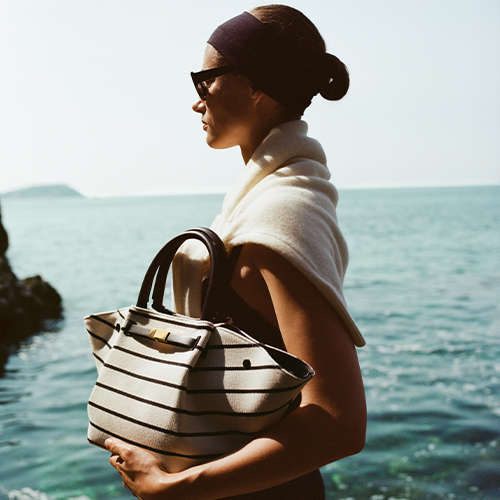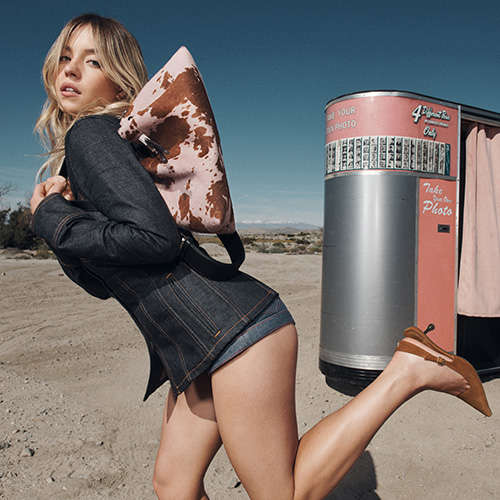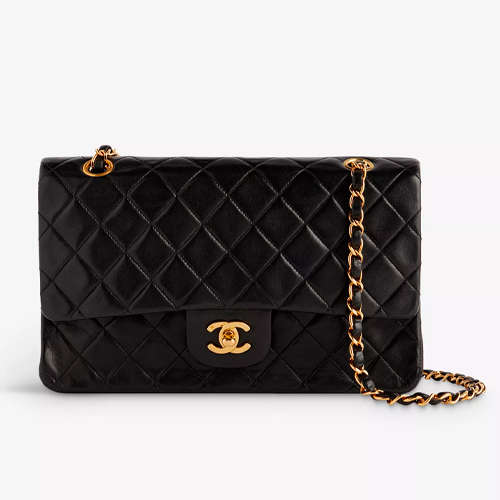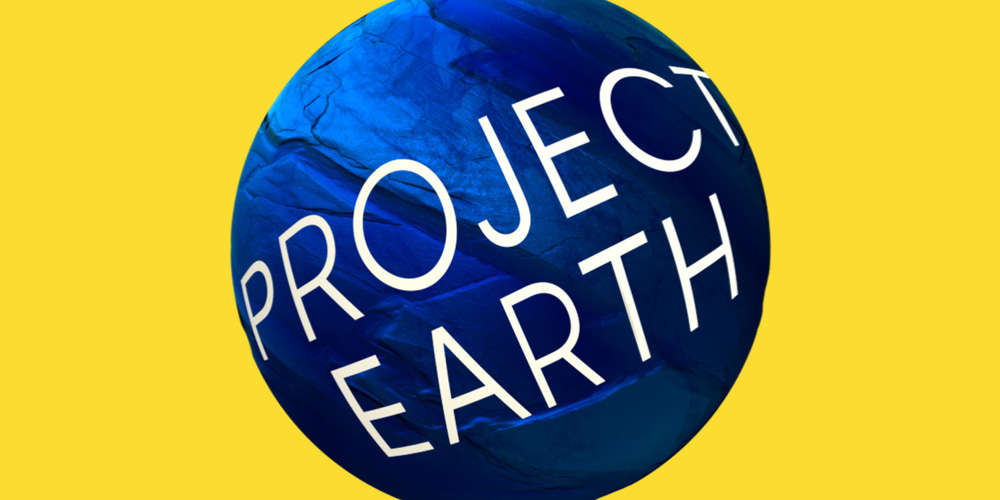- Australia / AUD $
- Canada / CAD $
- China / CNY ¥
- France / EUR €
- Germany / EUR €
- Hong Kong SAR China / HKD $
- Ireland / EUR €
- Italy / EUR €
- Japan / YEN ¥
- Kuwait / USD $
- Macao SAR China / HKD $
- Netherlands / EUR €
- Qatar / USD $
- Saudi Arabia / USD $
- Singapore / SGD $
- South Korea / KRW ₩
- Spain / EUR €
- Taiwan / TWD $
- United Arab Emirates / USD $
- United Kingdom / GBP £
- United States / USD $
- Not yours? Read more
Tell us what you think
Shop in your local currency and language
You are currently in United States US / USD $ store
- English
- English
- English
- English
- English
- English
- English
- English
- English
- English
- English
- English
- English
- English
- English
- English
- English
- English
- English
- English
- English
Did you know that we deliver to 130 countries or regions and offer a range of delivery options to suit you wherever you are in the world? Find out more
Sign up once to our Selfridges+ service and you can enjoy unlimited deliveries wherever you are in the world. FIND OUT MORE
International delivery
With almost everything on selfridges.com available for International Delivery, you can send your order to 130 countries or regions around the world, including North America, Australia, the Middle East and China.
Although we only offer 20 currencies to browse in online, you can still deliver to all of the following countries or regions:
- Algeria
- Andorra
- Antigua and Barbuda
- Aruba
- Australia
- Austria
- Azerbaijan
- Bahrain
- Bangladesh
- Barbados
- Belarus
- Belgium
- Belize
- Bermuda
- Bolivia
- Botswana
- Brunei
- Bulgaria
- Cambodia
- Canada
- Cayman Islands
- Chile
- China
- Colombia
- Costa Rica
- Croatia
- Cyprus
- Czech Republic
- Denmark
- Dominica
- Dominican Republic
- Ecuador
- Egypt
- El Salvador
- Estonia
- Finland
- France
- French Guiana
- Germany
- Gibraltar
- Greece
- Grenada
- Guadeloupe
- Guatemala
- Guernsey
- Guyana
- Honduras
- Hong Kong
- Hungary
- Iceland
- India
- Indonesia
- Ireland
- Israel
- Italy
- Jamaica
- Japan
- Jersey
- Jordan
- Kazakhstan
- Kenya
- Kuwait
- Laos
- Latvia
- Lebanon
- Lesotho
- Liechtenstein
- Lithuania
- Luxembourg
- Macau
- Malaysia
- Maldives
- Malta
- Martinique
- Mayotte
- Mexico
- Monaco
- Montserrat
- Morocco
- Myanmar
- Namibia
- Netherlands
- New Zealand
- Nicaragua
- Nigeria
- Norway
- Oman
- Pakistan
- Panama
- Paraguay
- Peru
- Philippines
- Poland
- Portugal
- Puerto Rico
- Qatar
- Reunion
- Romania
- Rwanda
- Saint Kitts and Nevis
- Saint Lucia
- Saint Martin (French part)
- San Marino
- Saudi Arabia
- Serbia
- Singapore
- Slovakia
- Slovenia
- South Africa
- South Korea
- Spain
- Sri Lanka
- Suriname
- Swaziland
- Sweden
- Switzerland
- Taiwan
- Tanzania
- Thailand
- Trinidad and Tobago
- Turkey
- Uganda
- Ukraine
- United Arab Emirates
- United Kingdom
- United States
- Uruguay
- Venezuela
- Vietnam
TOGETHER NOW:
CHRISTOPHER AND GRAEME RAEBURN
Words: Chekii Harling Photography: Ben Broomfield
Brothers Christopher and Graeme Raeburn make up one of the UK’s leading sustainable brands, RÆBURN. To celebrate the launch of their new, exclusive-to-Selfridges collection, which is remade entirely using military surplus – from anti-gravity trousers to RAF uniforms – we meet the recycling trailblazers to talk innovation, the importance of community engagement and their hopes for the future of the fashion industry.
When Christopher Raeburn took a single parachute and breathed new life into it, creating eight individual garments from the original fabric, he sealed his eponymous brand’s fate as one of the leading lights in sustainable and innovative design. Since founding the brand in 2009, he has continued to use only responsibly sourced materials in every single design thereafter.
Although the Raeburn brothers have continually collaborated throughout their career as fashion designers, it wasn’t until January 2019 that they rebranded under RÆBURN, honouring Graeme’s appointment as the label’s Performance Director. With an ethos built upon three sustainability pillars – RÆMADE, RÆDUCED, RÆCYCLED – the brand fuses fashion and product design with responsible crafting, often by reimagining technical materials from military parachutes to yarn spun from plastic bottles.
To celebrate the launch of their exclusive RÆMADE collection designed for Project Earth (our initiative which explores more sustainable ways to shop), we caught up with the brothers to discover the latest in innovative sustainable design and how running a family firm has changed their outlook.
Public workshop at the RÆBURN Lab. Photographed by Ben Broomfield
How has the fashion industry’s approach to sustainability changed since you started?
C: In 2009, there wasn’t the vocabulary or the wider narrative [around sustainability], but recently the knock-on effects of BBC’s Blue Plant II and War on Plastic [documentaries] have seen the zeitgeist change immeasurably.
G: We now have accessibility to learn about where garments come from, what fibres they are made of, and what happens at the end of their journey.
As two brothers running the show, how do you split the work?
C: My role as Creative Director is ultimately to create the overall concepts, and I do a lot of work on business strategy as the Founder.
G: My role is Performance Director. I focus on how we can optimise every aspect of design – looking at fibre and fabrics but also fit, cut, colour palettes and trim. Are the pockets in the right place? Do we have the right number of pockets? Every aspect can be optimised by applying the sports philosophy of marginal gains.
When a garment reaches the end of its first useful life, it should be collected in the same way that tin cans and glass are. We are really interested in exploring this space and leading the way to inspire others.
- Graeme Raeburn (Performance Director, RÆBURN)
The RÆBURN lab is a unique space - the products that are going into Selfridges were made five miles away from the Selfridges London store.
- Christopher Raeburn (Founder and Creative Director, RÆBURN)
Christopher sketching surrounded by products made using the zero waste rayon map. Photographed by Ben Broomfield
We hear you’ve deconstructed RAF uniforms for your Selfridges collection. Tell us about it.
C: I am so proud that we are launching some of the strongest RÆMADE pieces we have ever done with Selfridges. We’ve deconstructed anti-gravity trousers and worked with incredibly high-quality items used by Royal Air Force pilots. The collection is a collaboration with an amazing Icelandic photographer called Ragnar [Axelsson], who has been photographing our disappearing world for the last 40 years. He really gravitated to our use of materials, so it was a really natural partnership.
G: We’ve used Ragnar’s glacial print on our puffer jacket silhouettes and accessories; we are really keen for the collection to feel connected.
C: With Ragnar, it was about looking back and building a narrative around the objects you would need in the Arctic. Our design process is never linear, and that is something that I have always been grateful for, as randomness is really important in design – one man’s rubbish is another man’s gold.
G: I like it when you call what we do archaeology, Chris. I always add alchemy to that as well – mixing different ideas and outputs. It seems like the Ragnar idea has been present for over a decade.
We’re getting people interested in the value of clothes, where they are from, what they are made of.
- Graeme Raeburn (Performance Director, RÆBURN)
The RÆBURN 'R' pillars tape. Photographed by Ben Broomfield
Do you think policy is in place to support sustainable fashion businesses?
G: The government is lagging behind and is out of touch with consumer desire and direction. People want and need affordable clothing; it’s swung too far in pursuit of lower cost, which comes with compromises on quality and lack of transparency in the supply chain. The UK is amazing [because] we have such a heritage of textiles innovation – it’s the home of the Industrial Revolution – but we need new processes and accountability. If we had a virgin-plastics tax, synthetic textiles once considered waste would become a valuable commodity.
C: The industry has an opportunity to be people- and planet-positive; in the next 15 years, we need to be recycling 50% of fibres. There’s so much innovation in regenerative agriculture, which is a game-changer when you think how non-organic cotton is made in such a detrimental way. Governments need to be transparent and accountable for carbon-emission levels.
This is ultimately about us being more innovative, disruptive and inspiring than ever before.
- Christopher Raeburn (Founder and Creative Director, RÆBURN)
LET'S CHANGE THE WAY WE SHOP
Join us to discover the most exciting design innovations, retail concepts and thought-provoking ideas in sustainability, and explore our series of new commitments set to radically change our business as part of Project Earth.







































